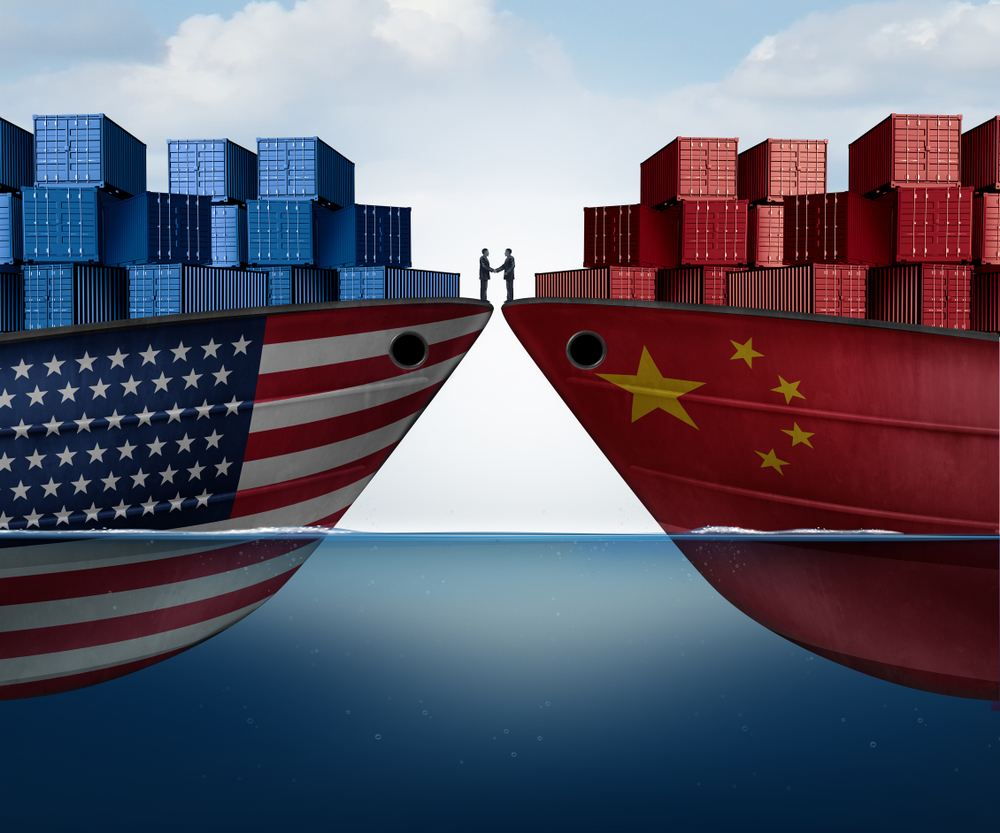The End of Tariff Troubles? An Early-Stage Agreement Could Start to De-escalate Trump’s Trade War

After more than two years of escalating tariffs on Chinese imported goods and materials, the White House has announced a “phase one” trade deal. The deal, announced on October 11, is still mired in uncertainty and there are few details available. A written version of the deal may take weeks to draft.
What’s known is that the focus of the deal would involve an investment in U.S. agricultural products by China. While the details become public, it’s uncertain what concessions the U.S. will give in return. The President has endorsed the senior-level discussions, stating, “The deal I just made with China is, by far, the greatest and biggest deal ever made for our great patriot farmers in the history of our country.”
Skeptics are already buzzing
Economists and critics aren’t as enthusiastic. Morgan Stanley calls the deal “uncertain” and postures the problem of scaling back tariffs quickly as a main hindrance, calling it a “meaningful risk.” Others worry about the lack of real results from the trade war itself. Questions about intellectual property theft, investment in Chinese companies, and social upheaval in the country still persist.
Without more details, the “phase one” trade deal may end up being an artificial solution to a self-made problem for the President.
Good timing or great coincidence?
Questions about the timing of the deal have also raised some red flags. Rounds of tariff increases scheduled for October 15 and December 15 are now postponed. These would’ve raised tariffs to 30% on more than $250 billion worth of Chinese imports, and levied duties on another $160 billion in Chinese products.
The manufacturing economy may also play a role in the swift deal. Since trending into contraction territory in August and falling even lower in September, the manufacturing economy stands to face even more strife as the Trump trade war rages on. Rolling back the pressure on China may alleviate that same burden on U.S. companies, for a positive fourth quarter surge.
Finally, 2020 is an upcoming election year and a persistent trade war may harm the President’s bid for reelection. Coupled with poor manufacturing numbers and an erratic stock market, sentiment for a prolonged trade war has suffered. Rolling back tariffs could spike the stock market, which swings public opinion back into the positive.
Is there an end in sight?
While progress on alleviating trade tensions is good to hear, facts and details are even better to see. Until the entirety of the trade agreement is dissected, it’s unlikely there’s any meaningful progress on de-escalating Trump’s trade war. Without a clear timeline and action items, the trade war could grow cold before it melts away.
Wall Street and economists have a similar feeling. Theories range from a short-term stopgap to talks completely falling apart before either party can sign the deal. Some even believe the deal won’t make it to the holidays and will reignite before then.
If progress continues and the “phase one” trade deal takes hold, it could signal the first steppingstone on a path to de-escalation. It all depends on what the terms are for both sides and if they follow through.